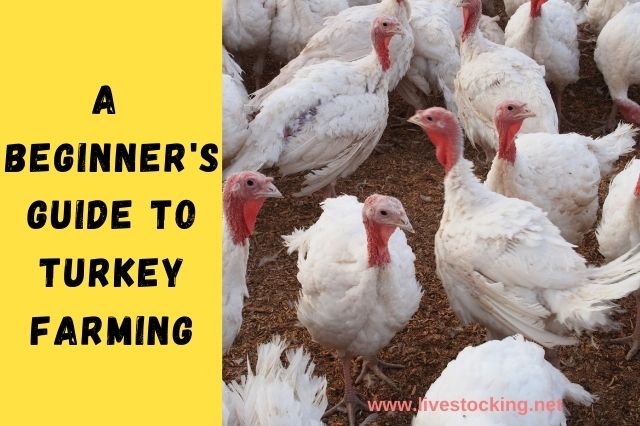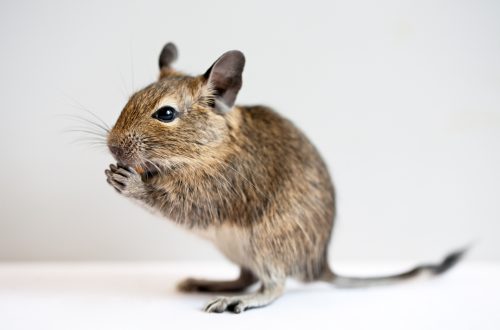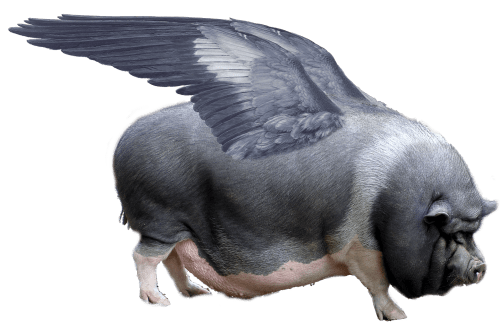
וועגן צו וואַקסן טערקיז אין שטוב און ווי צו וואַקסן אַ ברוילער טערקיי
It is not for nothing that the turkey is considered a royal bird. She has very tasty and dietary meat. In addition, such a bird can grow to an impressive size, and on top of that, it is very unusual and beautiful. Breeding turkeys is becoming quite a popular business today. But not every farmer is ready to raise turkeys, because this bird is considered rather weak and has a poor survival rate. However, it is not. Although turkey poults require much more care and attention than other poultry, there will be no problems with an intelligent owner. It is enough to know the basic nuances of growing turkeys at home.
ינהאַלט
Rules for keeping turkeys at home
For the proper cultivation of turkeys at home, it is necessary אָבסערווירן די פאלגענדע כּללים:
- turkey poults should grow in the appropriate microclimate: at the right temperature and optimal air humidity;
- chicks react very strongly to the high content of harmful substances in the air, they may develop a respiratory disease;
- birds must be grown under controlled light conditions;
- so that pets never get sick, their care and maintenance must be properly organized;
- young turkey poults do not begin to peck at once, unlike other bird species.
אָף הויז אָרדענונג
To grow a turkey at home, you need to properly arrange a place for them. Initially, this may be a specially equipped box or small sized paddockwhich is equipped with:
- heater with thermostat;
- artificial lighting;
- טרינקען;
- פידערז;
- easily replaceable bedding.
You can grow young animals in cages, this helps to eliminate the risk of diseases and improves sanitary conditions. In addition, chicken barns are often used to grow turkeys.
טנאָים פון פאַרהאַלטונג
The room in which the turkeys are kept must be clean, in addition, there must always be fresh water and whole foods. You can equip them with perches at a height of 80 cm from the floor, so that each bird has 40 cm of free space. In the first week, sand should act as bedding, then it is replaced with sawdust or straw. For greater disinfection, the straw is doused with boiling water in advance. It should be changed once a week or as needed.
Feeders for chicks should be soft at first, for example, made from pieces of undyed fabric, which should be folded in several layers. This is necessary because the beaks of young animals at the beginning of life are soft and fragile, and hard dishes during meals can harm them. When the chicks are 5 days old, the soft feeder is replaced with an ordinary one.
In order for home-grown turkeys to get sick as rarely as possible, it is necessary to observe optimal conditions of detention:
- in the room where the turkeys are located, in summer the temperature should be about +20 degrees, and in winter it should not fall below -5 degrees;
- sharp temperature fluctuations should not be allowed;
- the room must be ventilated;
- frost, drafts and dampness can kill turkey poults.
A prerequisite for keeping turkeys is an adjustable light regime. The productivity of the bird and its physiological state depend very much on the degree of illumination and its duration. The most optimal is the light mode with breaks. From the sixth week of detention, an eight-hour daylight hours are established. In this case, the light must be turned on as follows: at 7 am and at 14 pm for four hours. Continuous lighting, used in the first days of life, is necessary for chicks so that they quickly find water and food.
In summer, turkeys should walk in the morning and eveningwhen there is no intense heat. It is possible, if possible, to equip a platform for them in front of the poultry house in such a way that one turkey has 20 m2 of free space. They make shady canopies, put drinking bowls and feeders, and the ground is sown with oats, clover or alfalfa.
How to feed turkeys
At home, turkeys need to be fed with a balanced diet. The best thing – ready-made complete feed.
Small turkeys can be given various mashes on skimmed milk or fermented milk, adding potatoes, fish, herbs, carrots, cottage cheese. Since the mash spoils very quickly, they should be cooked immediately before feeding. There should be enough food so that the chicks eat it in half an hour. Feed them should be 7 times a day, gradually reducing to 4.
Birds must be given vitamins A and E, as well as proteins of animal origin. Drinkers should always be filled with clean water. In winter, in order to prevent beriberi, green hay, sauerkraut and brooms from tree branches should be added to the diet.
Features of growing broiler turkeys
Broiler turkeys are a completely new direction in poultry farming. Meat broilers can weigh 5–6 kg. At home, they are usually kept in cages. Broiler turkeys quickly increase their mass, so their care will be short-lived.
Before planting young animals, the room is disinfected, warmed up, feeders and drinkers are placed. In the first two weeks, the chicks are very dependent on the ambient temperature.
They are fed at exactly the right time, using special compound feed. Light day for small broilers should be 12-13 hours. They must not be allowed to get wet, as they can become cold and die.
The basic rule for keeping and growing broiler turkeys is cleanliness of the premises and disinfection of feeders. This will help to ensure the high safety of the grown broiler.
סאָף
Growing and breeding turkeys at home is quite interesting and can even become an exciting hobby over time. In addition, by purchasing broiler chicks, you can be sure that after a while they will provide their owner with tasty and healthy meat. Gradually, such a hobby can turn into a profitable business.





